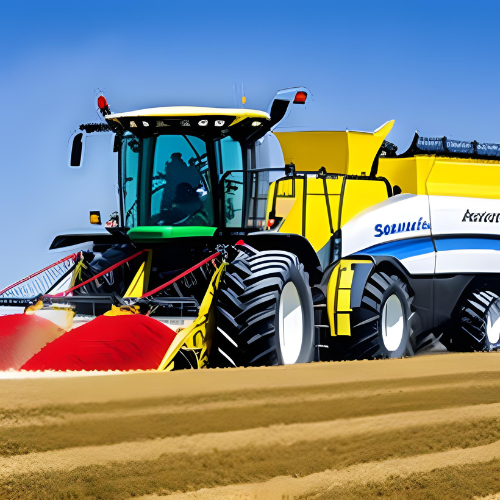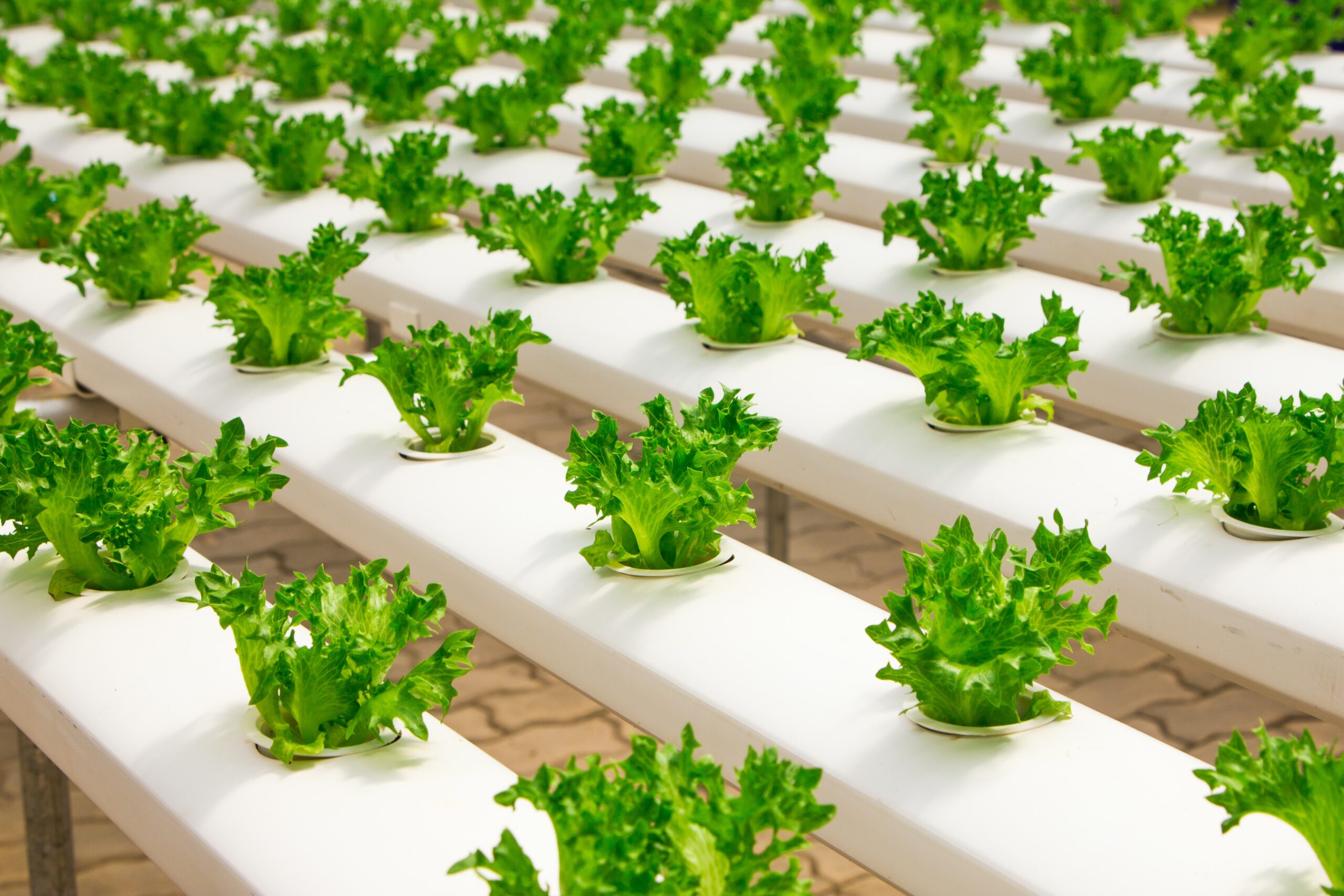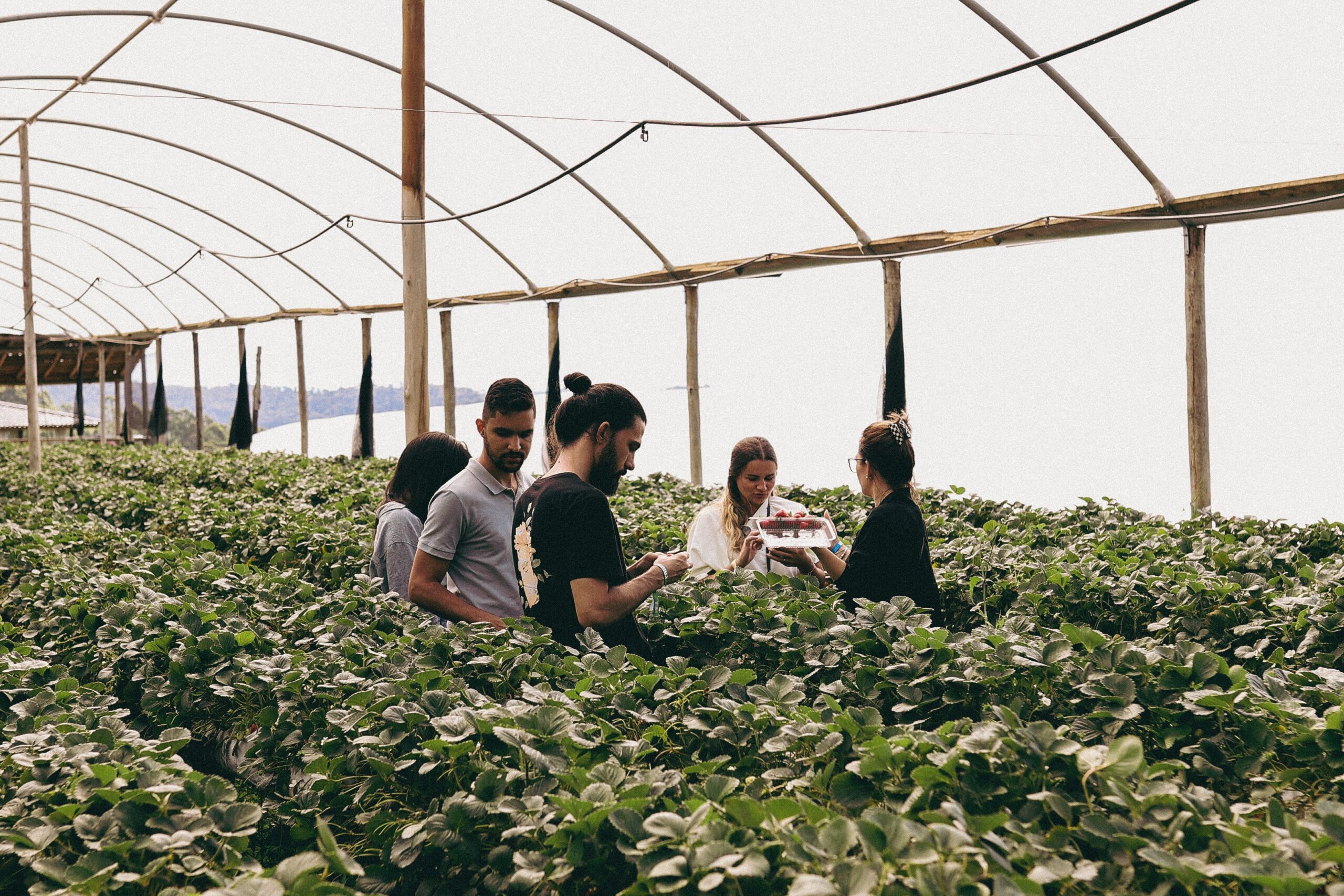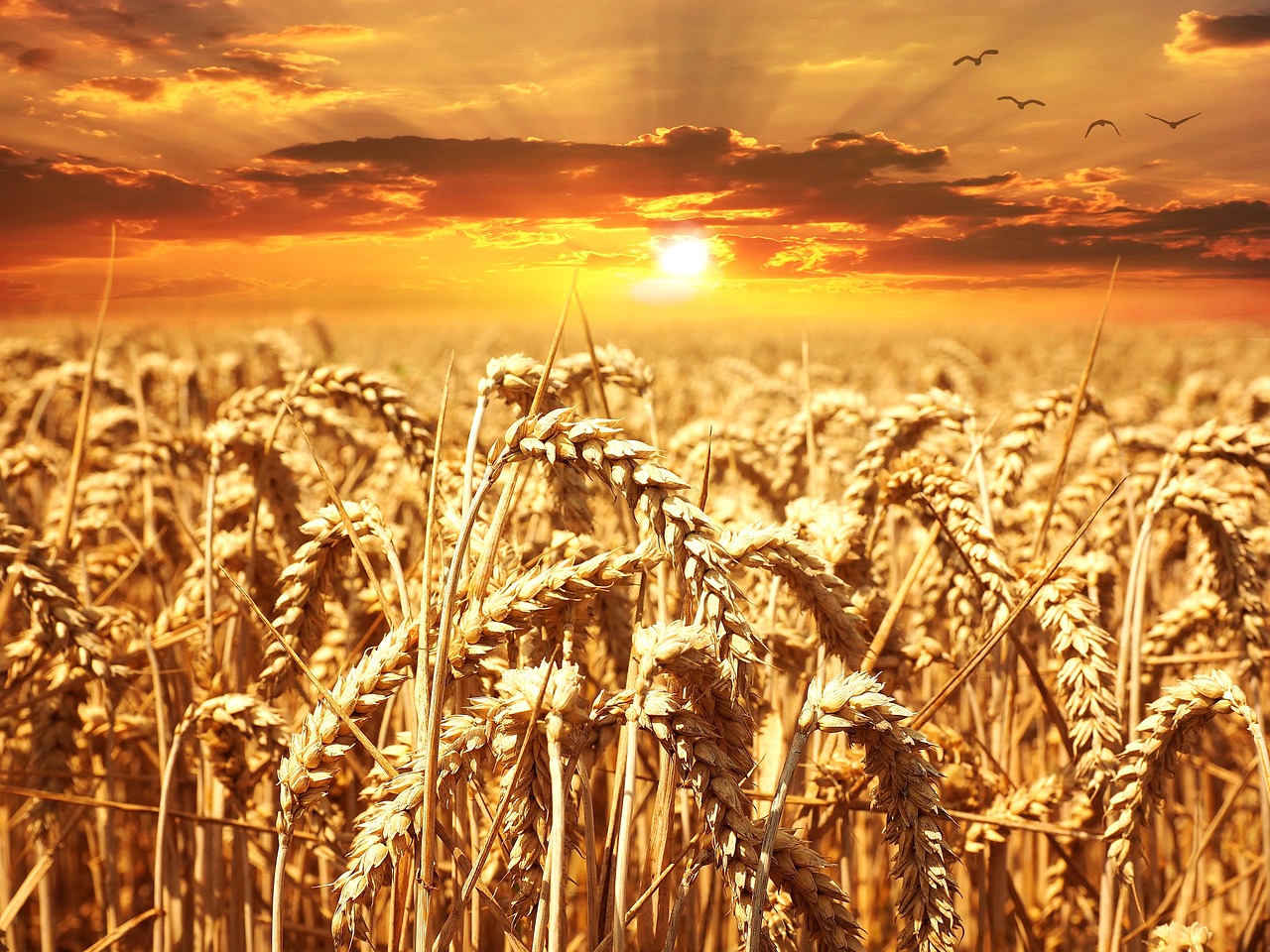As the world’s food basket, South America has long been a region of significance in the global agricultural landscape. A major contributor to this prominence is the array of South American Agriculture Trade Shows. These events have become a beacon for agricultural enthusiasts, startups, and multinational companies, offering them opportunities to showcase their innovations, learn about the latest trends, and engage in meaningful networking.
The agricultural sector is a driving force for the South American economy, contributing significantly to GDP and employment. However, in an era of rapid technological advancement and climate change, this sector faces numerous challenges, making these trade shows all the more crucial for fostering innovation, sharing knowledge, and strengthening international cooperation.
In this comprehensive guide, we’ll delve into the opportunities and challenges present at South American Agriculture Trade Shows. These 10 key points, each discussed in detail, will provide you with a solid understanding of what to expect, how to navigate the landscape, and ultimately, how to leverage these platforms for the growth and success of your agribusiness.
1. A Global Stage for Innovation
South American Agriculture Trade Shows provide a global stage for innovation. These events bring together the brightest minds in the industry, from researchers and engineers to entrepreneurs and investors, creating a melting pot of ideas and advancements. They serve as a launchpad for new products and technologies, making them a must-attend for those looking to stay at the forefront of agricultural innovation.
In the sprawling exhibition halls, you’ll find a wide range of exhibits, from high-tech farming equipment and cutting-edge biotechnologies to sustainable farming practices and innovative food processing solutions. These shows are particularly renowned for their focus on sustainable and smart farming solutions, reflecting South America’s commitment to meeting the United Nations’ Sustainable Development Goals.
However, to fully benefit from this hive of innovation, it’s essential to plan your visit meticulously. Research the exhibitors and program in advance, schedule meetings with key players, and make time to attend relevant seminars and workshops. Be prepared to engage in meaningful dialogues and ask insightful questions. Remember, these events are not just about observing — they’re about participating, networking, and learning.
Unfortunately, the sheer scale of these trade shows can be overwhelming. It’s easy to miss out on critical presentations or networking opportunities if you don’t have a clear strategy in place. But with careful planning and a clear focus on your business objectives, you can navigate this challenge and ensure you make the most of the innovative potential these shows have to offer.
2. Unparalleled Networking Opportunities
South American Agriculture Trade Shows are a goldmine of networking opportunities. They bring together a diverse group of individuals and organizations – from small-scale farmers to representatives of multinational agribusinesses, from government officials to non-profit leaders. This diversity provides a unique platform to establish and strengthen professional connections, exchange ideas, and form partnerships.
Networking at these trade shows is about more than exchanging business cards. It’s about engaging in meaningful conversations, understanding different perspectives, and identifying synergies. It’s an opportunity to learn from the experiences of others, gain insights into emerging trends, and explore potential collaborations. Whether you’re a startup seeking investors, a company looking for new customers, or a farmer interested in new techniques, these events offer countless opportunities to connect with the right people.
However, networking at such a large scale can be challenging. It can be intimidating to approach strangers, and the sheer number of attendees can make it difficult to identify the right people to connect with. Therefore, it’s essential to prepare in advance – research who’s attending, identify who you want to meet, and plan your approach. Also, remember to follow up after the event. Networking doesn’t end when the trade show doors close; it’s just the beginning of potential long-term professional relationships.
3. Learning from the Experts
Trade shows are not just about showcasing products and services; they’re also about learning. South American Agriculture Trade Shows often feature a line-up of industry experts, thought leaders, and successful entrepreneurs who share their knowledge and insights through seminars, workshops, and panel discussions.
These educational sessions cover a wide range of topics, from sustainable farming practices and advances in agri-tech to market trends and business strategies. They provide a unique opportunity to learn firsthand from the experts, gain new skills, and stay updated on industry developments. Whether you’re a seasoned professional or a newcomer to the industry, these educational sessions can provide invaluable insights to help you grow your business.
However, the wealth of information presented can be overwhelming. You may find yourself torn between multiple concurrent sessions or struggle to absorb all the information. To overcome this, plan your schedule in advance, prioritizing the sessions that are most relevant to your business. Also, don’t hesitate to engage with speakers after their presentations – they’re usually more than willing to answer questions or clarify any points.
4. Showcasing Your Business
There’s no better platform to showcase your business than at a South American Agriculture Trade Show. Whether you’re an established company launching a new product, a startup looking to gain visibility, or a farmer proud of unique products, these events provide a captive audience interested in the latest agricultural offerings.
Having a booth at these trade shows is an excellent way to increase your brand’s visibility, demonstrate your products or services, and interact directly with potential customers. It’s a chance to tell your story, convey your unique selling proposition, and build relationships. Furthermore, many trade shows offer awards for innovation, quality, or sustainability, providing another opportunity to highlight your business and gain recognition.
However, standing out among hundreds, sometimes thousands, of exhibitors can be challenging. A successful trade show presence requires a well-designed booth, engaging demonstrations, and a professional, enthusiastic team. Also, you must effectively promote your participation before the event. Use your website, social media, and email newsletters to let your audience know you’ll be at the show and invite them to visit your booth.
5. Understanding Market Trends
South American Agriculture Trade Shows are a barometer of market trends. By observing the products and services showcased, the topics discussed in seminars, and the buzz among attendees, you can gain insights into where the industry is heading. This information is invaluable for shaping your business strategy and staying ahead of the competition.
These events provide insights into various aspects of the industry, from consumer preferences and technological advancements to regulatory changes and sustainability initiatives. They can help you identify emerging opportunities, anticipate challenges, and understand what drives your customers. Also, talking to other attendees – whether they’re fellow exhibitors, potential customers, or industry experts – can provide additional insights.
However, deciphering trends from the flurry of activities at a trade show can be challenging. It requires a keen eye for detail, the ability to synthesize information from various sources, and an understanding of the broader industry context. It’s also crucial to follow up after the event, as many trends only become clear over time, through ongoing analysis and reflection.
6. Exploring International Opportunities
South American Agriculture Trade Shows are not just regional events—they’re global platforms. They attract attendees from around the world, opening up a world of international opportunities. Whether you’re looking to expand your business overseas, source products from international suppliers, or learn from global best practices, these events can be a stepping stone to the global stage.
These trade shows provide an opportunity to understand international markets, explore export opportunities, and establish contacts with potential foreign partners. They also expose you to international trends, regulations, and technologies, providing a broader perspective of the global agricultural landscape.
However, venturing into international markets is not without challenges. Differences in business cultures, regulatory environments, and customer preferences can pose hurdles. It’s essential to research potential markets, understands international business etiquette, and seek advice from experts or experienced businesses. Remember, international expansion is a significant step—it requires careful planning and a long-term commitment.
7. Embracing Sustainability
Sustainability is a major theme at South American Agriculture Trade Shows. From sustainable farming practices and organic products to renewable energy technologies and waste management solutions, these events highlight the industry’s commitment to a sustainable future.
These shows provide a platform to learn about sustainable practices, discover eco-friendly products, and engage in discussions about the industry’s role in addressing environmental challenges. They demonstrate how sustainability can be a source of innovation, competitive advantage, and business growth.
However, embracing sustainability is not without challenges. It often requires changing established practices, investing in new technologies, and convincing customers to pay a premium for sustainable products. It’s crucial to understand the benefits and challenges of sustainability, make informed decisions, and communicate your sustainability efforts effectively to your customers.
8. Navigating Regulatory Landscapes
South American Agriculture Trade Shows serve as important forums to discuss regulatory landscapes. They often feature sessions led by government officials or industry experts, offering insights into existing regulations, upcoming changes, and their implications for businesses. This information is invaluable for businesses to stay compliant and plan for the future.
Moreover, these shows provide an opportunity to engage in dialogue about regulatory issues. You can voice your concerns, ask questions, and gain a deeper understanding of the regulations affecting your business. In some cases, your input may even influence future regulatory changes.
However, navigating regulatory landscapes can be challenging. Regulations can be complex, frequently changing, and vary from country to country. It’s crucial to stay informed, seek expert advice, and incorporate regulatory considerations into your business planning. Remember, compliance isn’t just about avoiding penalties—it’s about building trust with customers, partners, and regulators.
9. Incorporating Technology and Innovation
In an era of rapid technological advancement, South American Agriculture Trade Shows highlight the intersection of agriculture and technology. They feature the latest in agri-tech, from precision farming equipment and AI-powered analytics tools to drones and blockchain-based traceability systems.
These technologies present opportunities to increase productivity, improve quality, reduce environmental impact, and enhance decision-making. The trade shows provide a chance to learn about these technologies, see them in action, and understand how they can benefit your business.
However, adopting new technologies can be daunting. It often requires a significant investment, training for staff, and a shift in traditional ways of working. It’s essential to understand the potential return on investment, consider the practicality of implementation, and plan for a smooth transition. Also, remember that technology should not replace human judgment—it’s a tool to aid decision-making.
10. Enhancing Business Resilience
Finally, South American Agriculture Trade Shows provide insights into enhancing business resilience. They highlight strategies to manage risks, from market fluctuations and climate change to supply chain disruptions and cyber threats.
These events feature sessions on risk management, business continuity planning, and resilience strategies. They showcase solutions to mitigate risks, from insurance products and diversified business models to advanced forecasting tools and secure IT systems.
However, building business resilience can be challenging. It requires identifying potential risks, assessing their impact, developing contingency plans, and regularly reviewing and updating these plans. It’s crucial to foster a culture of resilience within your organization, where employees understand the importance of risk management and are equipped to respond effectively to disruptions.
In conclusion, South American Agriculture Trade Shows are a treasure trove of opportunities. They provide a platform to showcase innovation, network with industry players, learn from experts, understand market trends, explore international opportunities, embrace sustainability, navigate regulatory landscapes, incorporate technology, and enhance business resilience. However, these opportunities come with challenges. By understanding and preparing for these challenges, you can leverage these events for the success and growth of your agribusiness.
We welcome any suggestions or questions. You can email us or contact us using the contact page.
You can also connect with us on the following social networks:









0 Comments